Embarking on the journey of selecting the right tree for your yard is not just about aesthetics; it's about creating a thriving ecosystem in your own outdoor haven. Whether you desire shade, privacy, or the allure of attracting pollinators, choosing the perfect tree is a decision that should be approached with careful consideration. In this guide, we'll navigate the lush world of trees, offering expert tips to help you make an informed choice that suits your yard's unique needs.
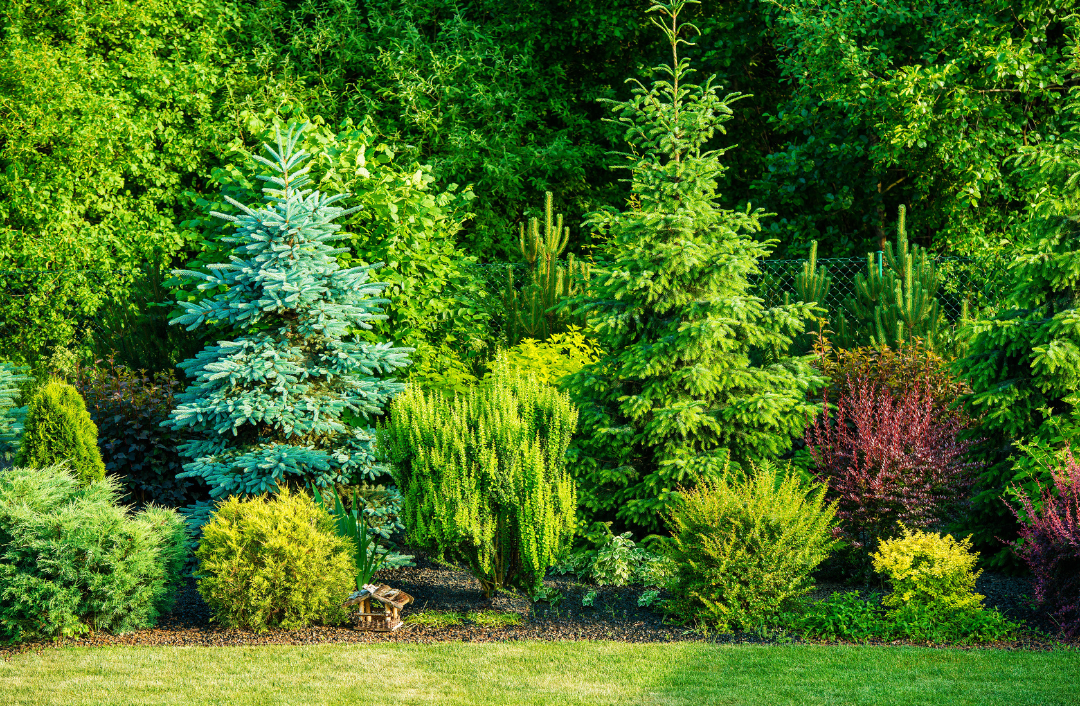
Consider Your Yard Size
One size doesn't fit all, especially when it comes to trees and yard space. If you have a smaller yard, opt for trees with a more compact growth habit, such as ornamental varieties or dwarf fruit trees. For larger yards, the sky's the limit, allowing you to explore a wide range of majestic options like oaks or maples.
Tip: In a small yard, a Japanese maple might be a good idea. Its compact size and vibrant foliage add aesthetic appeal without overwhelming the space.
Privacy Matters
If creating a natural barrier or enhancing privacy is your goal, evergreen trees are your best bet. Species like Leyland cypress and Eastern red cedar provide year-round coverage, shielding your yard from prying eyes. However, consider the maintenance aspect, as evergreens may require more care than deciduous trees.
Tip: Choose Leyland cypress for a dense evergreen screen. Regular pruning will maintain its height, ensuring year-round privacy for your backyard oasis.

Shade and Cooling Benefits
Shade is a precious commodity, especially during hot summer months. Maples, oaks, and beech trees are excellent choices for providing ample shade. Be mindful of the tree's canopy size to ensure it aligns with your outdoor activities and doesn't overcrowd the space.
Tip: Plant a majestic oak tree strategically to provide shade during scorching summers. Its expansive canopy offers a cool retreat for outdoor activities.
Attracting Pollinators
Do you dream of a yard buzzing with life? Opt for flowering trees like dogwoods, cherry blossoms, or magnolias. These not only add visual appeal but also attract bees and butterflies, contributing to a healthy pollinator population. Consider the local climate and soil conditions to ensure your chosen tree thrives.
Tip: Enhance your garden with a flowering dogwood. Its blossoms attract bees and butterflies, fostering a vibrant ecosystem in your yard.
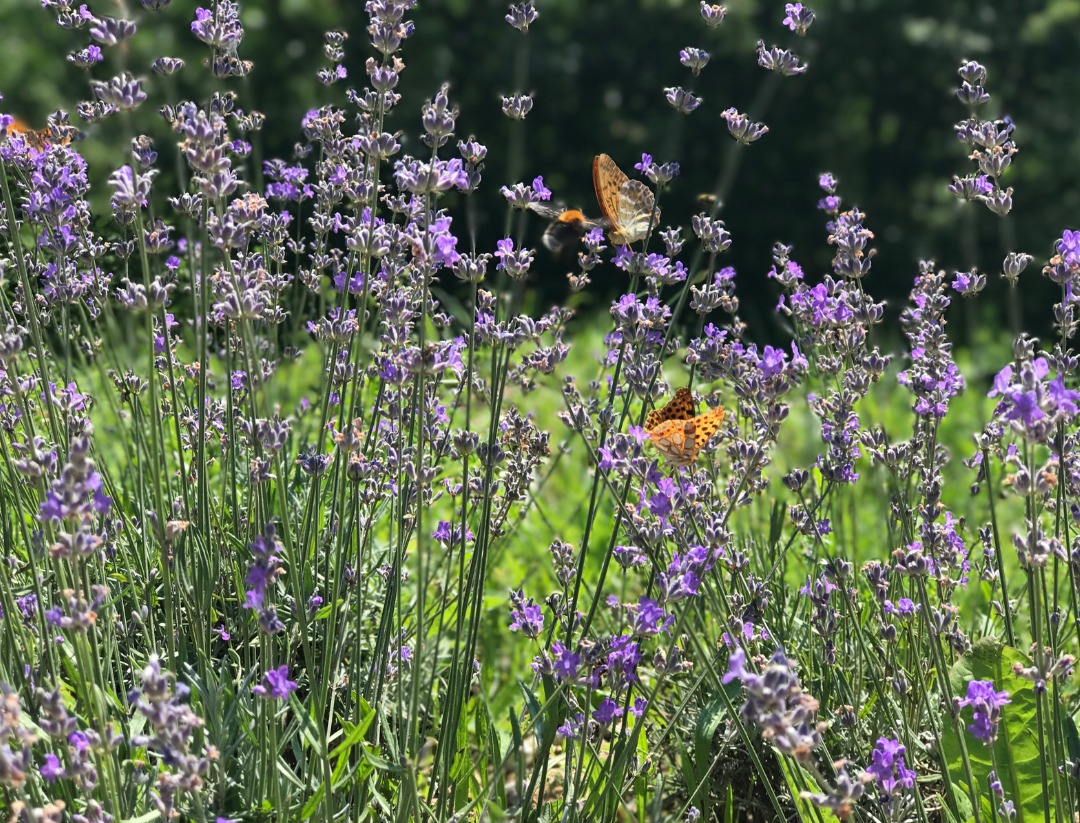
Wildlife-Friendly Options
If you want your yard to be a haven for birds and small mammals, select trees that provide food and shelter. Fruit-bearing trees like apple or cherry trees are a favorite among wildlife. However, be prepared for the occasional cleanup and consider whether this aligns with your maintenance preferences.
Tip: Introduce a fruit-bearing crab-apple tree. Not only does it provide a tasty treat for local wildlife, but its spring blossoms add visual charm.
Climate Compatibility
Trees are resilient, but they thrive best when planted in environments that mimic their natural habitats. Research tree species that are well-suited to your region's climate and soil conditions. Native trees often require less maintenance and are more resistant to local pests and diseases.
Tip: Opt for a native red maple if you're in a northeastern climate. It thrives in local conditions, requiring less maintenance and supporting local ecosystems.
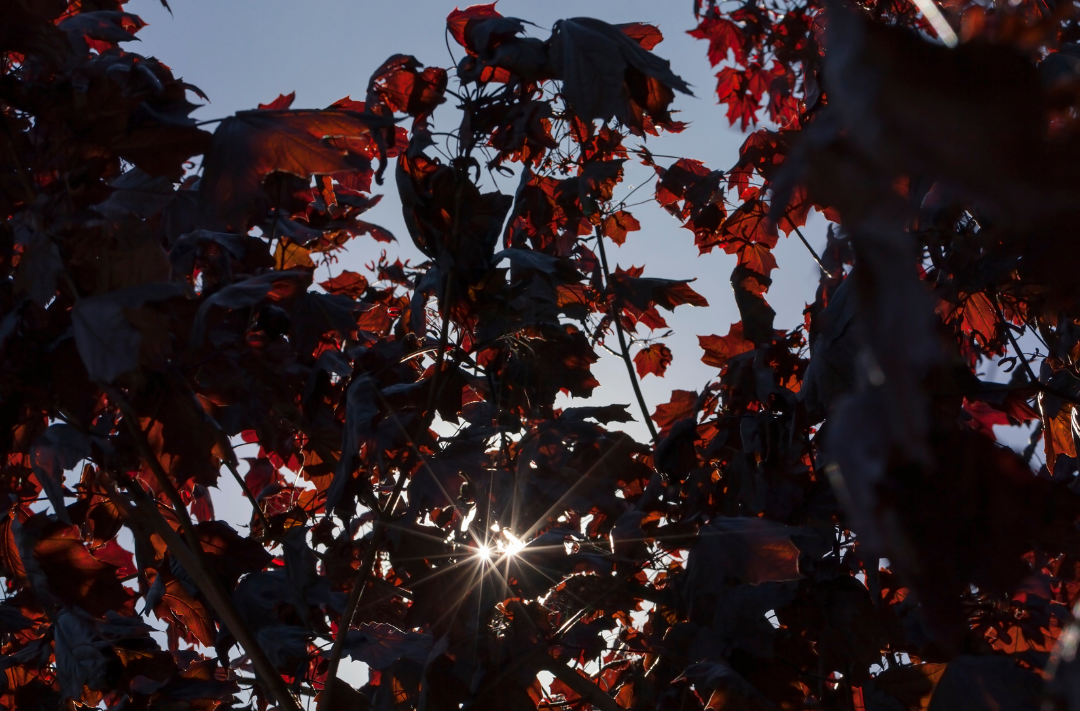
Maintenance and Long-Term Care
Before committing to a tree, assess the maintenance requirements. Some trees shed leaves seasonally, while others may drop fruit or seeds. Understanding the long-term care involved will help you make an informed decision that aligns with your willingness to invest time and effort into your yard.
Tip: Consider a deciduous magnolia for minimal maintenance. While it drops leaves in fall, its stunning spring blooms make it a low-effort, high-impact choice.
Local Regulations and Restrictions
Check with local authorities or homeowner associations for any regulations or restrictions on planting certain types of trees. Some areas may have restrictions on the height or types of trees allowed, so it's crucial to ensure compliance.
Tip: Before planting, check local guidelines. In some areas, height restrictions may apply; consider a flowering cherry tree that adheres to such guidelines.
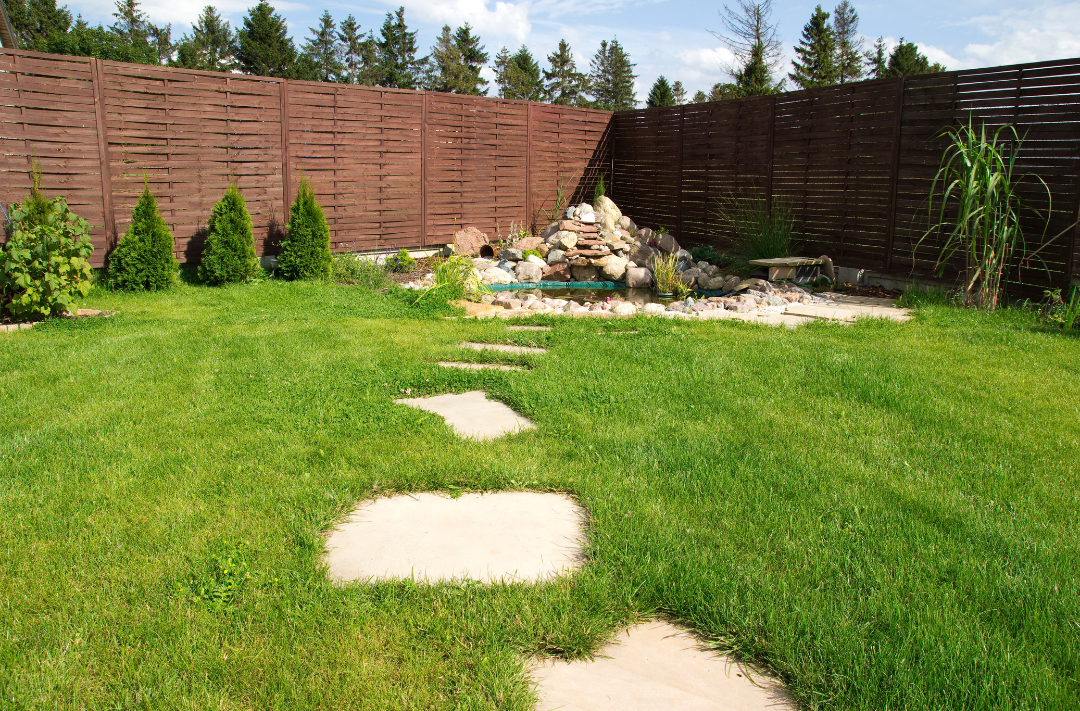
Choosing the right tree for your yard is a thrilling yet responsible endeavor. By considering factors like yard size, desired outcomes (privacy, shade, wildlife attraction), and local climate, you can create a harmonious outdoor space that enhances your property's value and ecological footprint. So, dive into the world of trees, explore your options, and watch your yard transform into a flourishing landscape that brings joy and vitality to your everyday life!
Posted by Infinity Admin on
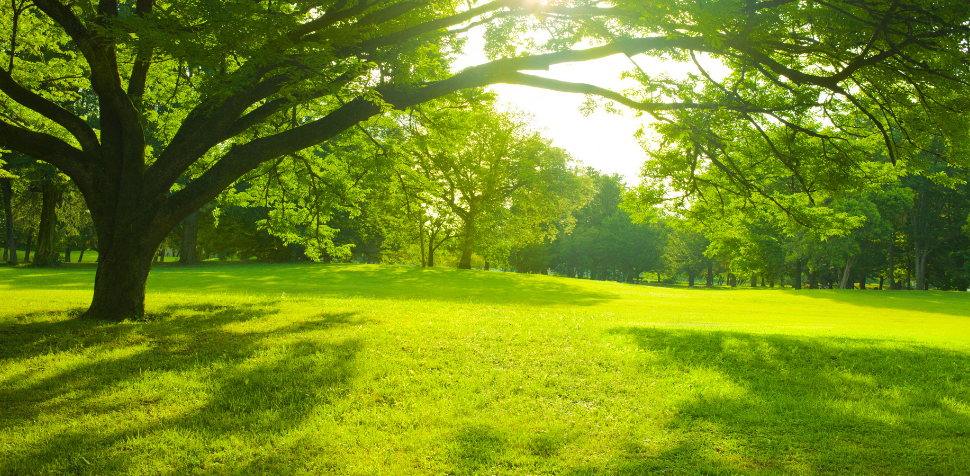
Leave A Comment